- Kenmore refrigerator water filters
- Whirlpool refrigerator water filters
- Samsung refrigerator water filters
- GE refrigerator water filters
- LG refrigerator water filters
- Frigidaire refrigerator water filters
- KitchenAid refrigerator water filters
- Maytag refrigerator water filters
- Kenmore Elite refrigerator water filters
- Estate refrigerator water filters
- GE Profile refrigerator water filters
- Amana refrigerator water filters
- Bosch refrigerator water filters
- Dacor refrigerator water filters
- Electrolux refrigerator water filters
Should I get an electric riding mower?
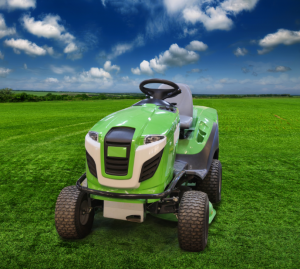

This question has become more relevant and interesting in 2023. Manufacturers are offering more and more electric mowers every year now.
There’s no doubt that electric mowers cut harmful emissions and require less maintenance than gas-powered riding mowers. They’re also quieter and don’t need gasoline to run.
So, is an electric riding mower right for you?
We’ll go over the key aspects of electric mowers (good and bad) to help you decide.
Pros of electric riding mowers
Electric riding mowers have many distinct advantages over their gas-powered counterparts. Here are reasons that you should consider buying an electric mower.
No engine maintenance
The electric motor on a battery-powered riding mower requires virtually no maintenance. No more:
Changing the engine oil.
Replacing the spark plug.
Cleaning or changing the air filter.
Replacing the fuel filter.
You will need to blow dust and debris off the mower after every use. You can use a leaf blower or compressed air to dust off the mower.
Needs no fuel
You won’t need to buy and store gasoline. You also won’t be exposed to gasoline fumes and engine emissions.
The electric motor provides zero-emission power – which is better for our environment.
Easy starting
Although most gas-powered riding mower use an electric starter to crank up the engine, lots can go wrong. Our DIY troubleshooting videos for lawn tractors help you work through the multitude failures that can happen when a gas engine won’t start.
There’s much less that can go wrong when starting an electric riding mower. On top of that, the control panel on many battery-powered riding mowers displays an error code that tells you what’s wrong when the mower won’t start.
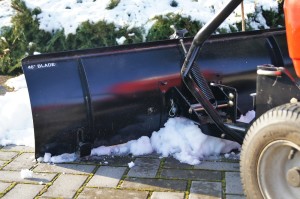
If you use your riding mower to drive a snow blade in winter, you’ll appreciate a battery-operated mower that will start right up in cold weather conditions.
Quiet operation
Battery-operated riding mowers run much quieter than gas-powered mowers. You’ll likely be able to mow earlier in the morning or later in the evening without worrying about disturbing the neighbors.
Cons of electric riding mowers
Having a battery-powered riding mower isn’t without its drawbacks. Here are some of the limitations that electric mower owners face.
Higher initial cost
Electric riding mowers typically cost at least twice as much as gas-powered mowers. That higher price is partially evened out by lower operating costs (no gasoline and engine tune-up supplies needed for electric mowers). Still, the higher price of battery-operated mowers in 2023 can make you flinch.
You have to wait for the battery recharge if power runs out
With a gas mower, you can immediately refill the gas tank when it runs dry. When the battery runs out on your electric mower, you’ll typically need to recharge the battery for around 4 hours before you can resume mowing.
You can’t get an electric riding mower wet
Exposure to water can damage motors, wiring and batteries in electric riding mowers. You won’t be able to mow when it’s raining.
You also won’t be able to use a pressure washer or garden hose to clean your battery-powered mower. You’ll need to use air and a moist cloth to clean the mower.

To avoid grass clippings from building up underneath the mower deck, we recommend that you spray the underside with MO-DECK lubricant. The MO-DECK spray will help keep grass clippings and debris from sticking to the bottom of the mower deck.
High cost of crucial replacement parts
If you’re already using a gas-powered riding mower, you’re likely accustomed to replacing blades, belts and mandrel pulleys. While the blades cost the same for electric riders and you don’t have to worry about belts, the electric riding mowers don’t have mandrel pulleys. Battery-powered riding mowers use individual electric motors to drive the blades. A replacement blade motor can easily cost more than $500. If you ruin a motor by hitting a rock or stump, you may be looking at a high repair bill.
Replacement batteries and chargers in electric mowers can also cost you lots of dough. Keep the high cost of replacement parts in mind when deciding whether an electric mower is right for you in 2023.
Longevity of the battery
Electric mowers haven’t been around for that long so it’s too early to tell how long the batteries will typically last. Depending on how much you use the mower, it may only last an average of 4 to 5 years (maybe less). We don’t know yet.
Most battery-operated riders are covered by a 3-year warranty but the battery warranty in electric mowers varies. Even if it’s covered by a warranty, some manufacturers make you pay for shipping to get warranty service.
Check the warranty before buying a battery-operated mower to see what you’re facing. It’s likely a good idea to get an extended warranty when buying an electric rider. (Of course, this will add to the already high cost of the machine.)
Limited cutting width
Because electric riding mowers use separate motors for each cutting blade, they typically only have 2 blades. This limits cutting width for most electric riders to about 42-inches. If you’re replacing a 3-blade riding mower with a 60-inch cutting deck, it will be difficult to find a residential electric rider with a wider deck than 42-inches in 2023. If you do, the price tag of a 3-blade electric mower shoot way up so be prepared to spend a lot more money.
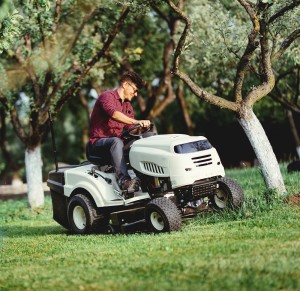
Less power for climbing hills
If you live on hilly terrain, you already know the value of having plenty of power to climb hills on your lawn when mowing. The torque provided by electric motors in battery-operated riders varies, but many models can lack the power you need to easily climb steep hills. Even if the motor does provide the torque needed to climb hills, the drain on the battery when going up a hill will likely be steep.
Choosing an electric riding mower may not be the best decision if you live on hilly terrain.
Making the decision
Now that you have all the facts, which are numerous, you can make an informed decision about whether an electric riding mower is right for you.
Shop around – online and/or in stores. Use the characteristics of electric mowers discussed in this article as a checklist to help you find the best type of mower to fit your needs. Don’t forget to look into the availability of an extended warranty when choosing a battery-operated riding mower.
When the warranty ends on your riding mower and something breaks, keep in mind that Sears is always available for in-home mower repairs. We also have replacement parts for battery-operated and gas riding mowers so you can repair problems yourself.
Sears is ready to back you up with either decision that you make when buying a new riding mower. Sears is the #1 repair service provider and DIY advisor in the country, delivering guaranteed quality and workmanship.
Repair guides for rear-engine riding mowers
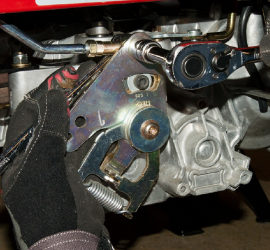
How to adjust the neutral control on a zero-turn riding mower
Adjust the neutral control if your zero-turn riding mower creeps forward or backward while both steering lap bars are in…
Repair difficulty
Time required
45 minutes or less

How to remove the mower deck on a zero-turn riding mower
Follow the steps in this guide to remove the mower deck for cleaning or inspection.…
Repair difficulty
Time required
15 minutes or less
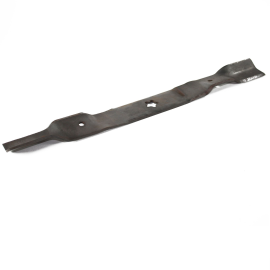
How to replace a cutting blade on a zero-turn riding mower
Replace a bent or dull cutting blade in 30 minutes or less. …
Repair difficulty
Time required
15 minutes or less
Articles and videos for rear-engine riding mowers

Learn about all the convenient features on our Sears PartsDirect website that make your parts purchases easier.…

Learn about a new feature added to the Search Bar on Sears PartsDirect…

Get answers to frequently asked questions about Sears and Sears PartsDirect.…